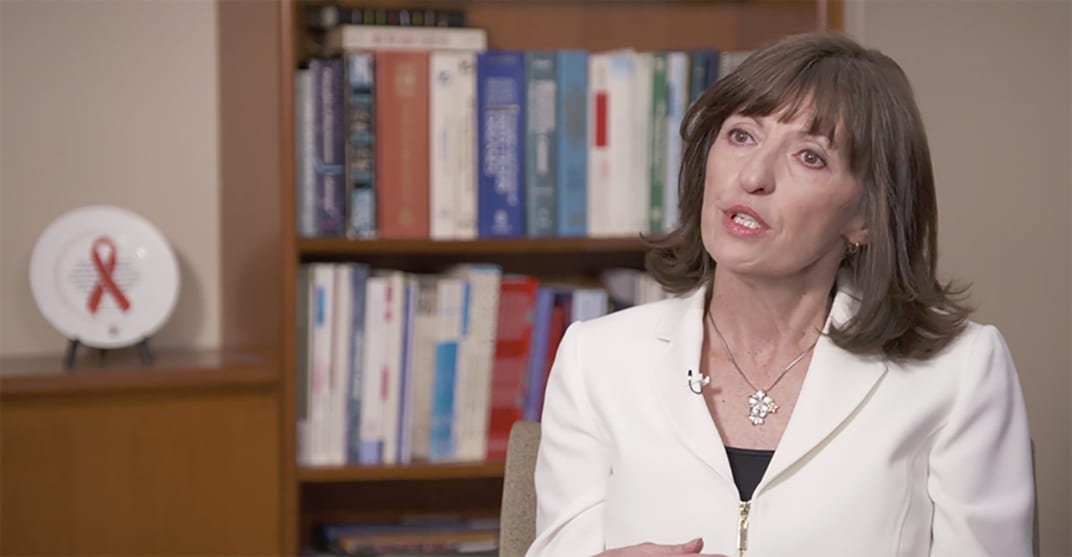Scientists with the consortium called IciStem, which is being supported by amfAR, The Foundation for AIDS Research, were set to announce today at the Conference of Retroviruses and Opportunistic Infections in Seattle that they have a patient from London that has “not experienced a rebound of his HIV during the past 18 months off antiretroviral therapy (ART).”
According to an email sent today from amfAR, “This is the longest duration of ART-free undetectable virus in an adult since the Berlin patient, who is believed to have been cured by a similar procedure 10 years ago.”
The New York Times broke the news in an article by Apoorva Mandavilli published Monday, March 4. The article explains that both the Berlin case before and the current London case resulted from bone-marrow transplants given to infected patients that were intended to treat cancer, not HIV. The article notes that the bone-marrow transplant procedure is “unlikely to be a realistic treatment option in the near future” because “Powerful drugs are now available to control HIV infection while the transplants are risky with harsh side effects that can last for years.”
Still, the article continues, “rearming the body with immune cells similarly modified to resist HIV might well succeed as a practical treatment. Dr. Annemarie Wensing, co-leader of IciStem and a virologist at the University Medical Center Utrecht in Netherlands, told the Times, “This will inspire people that cure is not a dream. It’s reachable.”
While the Times headline declared that the patient has been cured of HIV, the IciStem scientists “are describing the case as a long-term remission. In interviews, most experts are calling it a cure, with the caveat that it is hard to know how to define the word when there are only two known instances.”
In brief videos distributed by amfAR, amfAR’s Vice President of Research Rowena Johnston says, “We’re certainly optimistic that the London patient is cure. But because we only have one case of confirmed cure so far, amfAR scientists are working on not only how to cure HIV, but how to confirm that HIV is cured.”
In a separate video clip, Johnston adds, “Because of work done by amfAR scientists on the London patient, we now have reason to believe that the Berlin patient was not a one-off case, meaning it is possible to nearly or maybe even completely eliminate HIV from the body of an infected person.”
And amfAR CEO Kevin Robert Frost says, “Well, this means for the nearly 40 million people who are living with HIV today that amfAR is not giving up on them. And amfAR’s work will not be finished until there’s a cure that works for everyone.”













